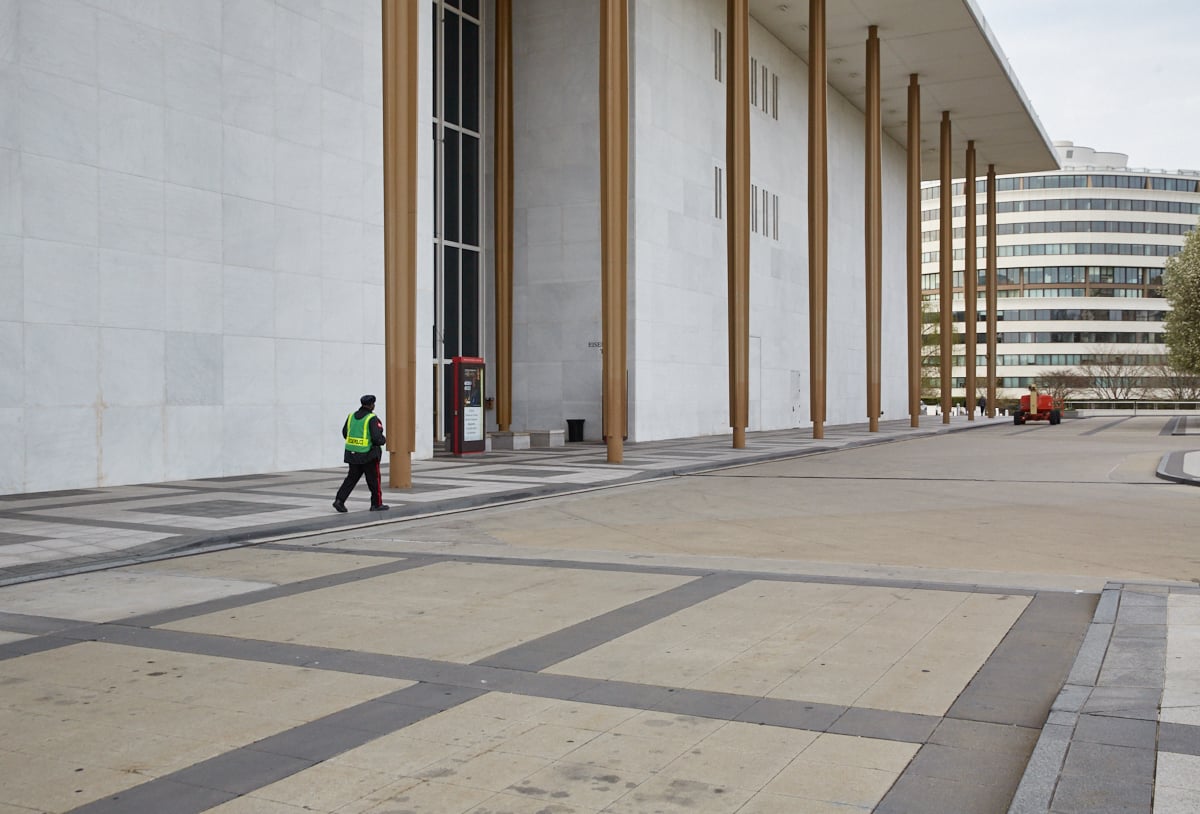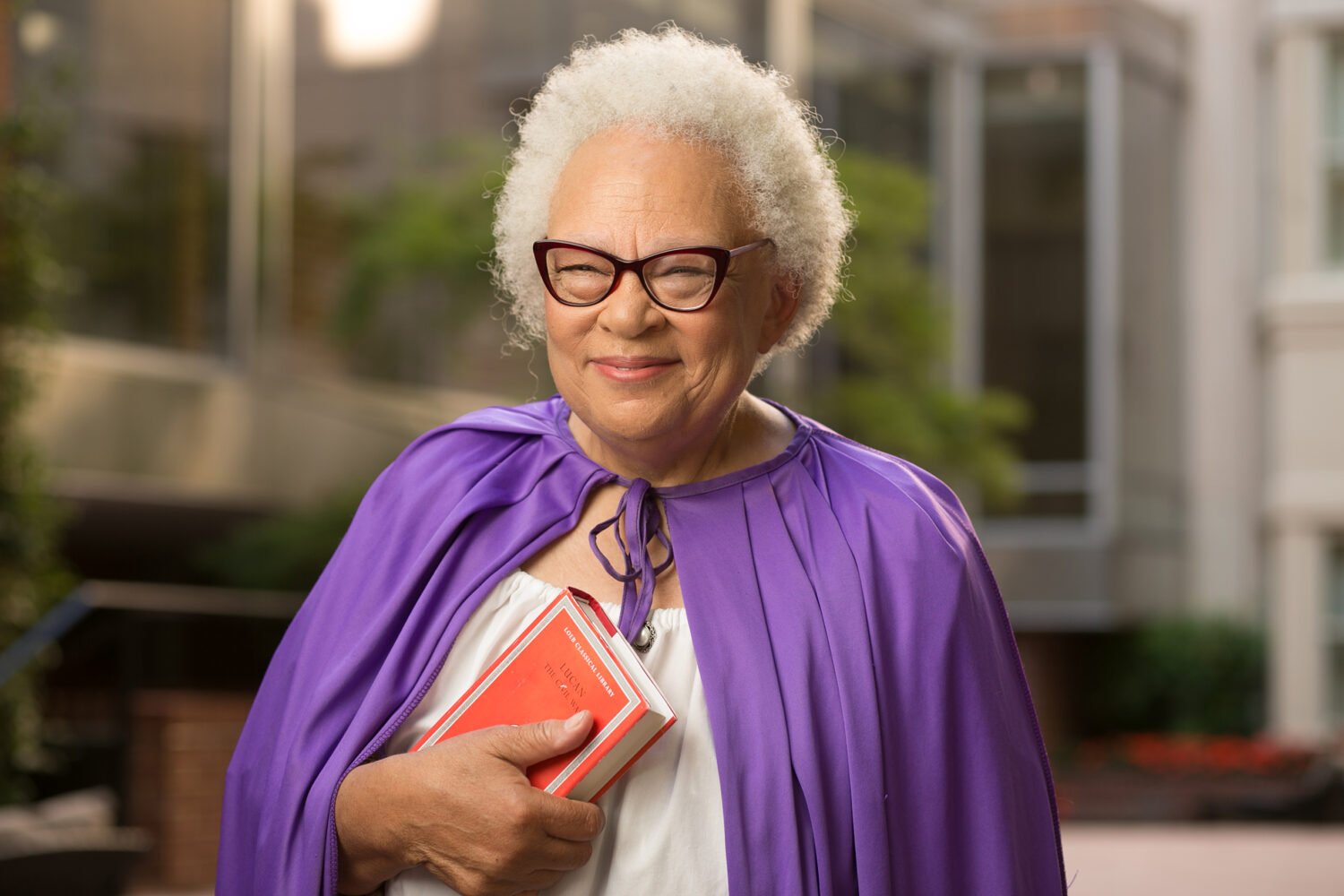
Related >> What's Your Stress Score? | Reboot Your Brain to Five-Minute Meditation | Words of Wisdom From a Meditation Leader
As yoga has grown in popularity, other mind/body practices have started to take root. Here are some that promise to relieve stress.
ACUPUNCTURE
What it is: A form of traditional Chinese medicine, acupuncture is the practice of inserting needles into points on the body to relieve ailments. The therapy is based on the belief that qi (pronounced “chee” and sometimes spelled chi), or energy, flows through lines, or meridians, on the body. There are 12 main meridians; each corresponds to a different organ system. In Chinese medicine, it’s believed that disease—including stress and anxiety—is caused by an imbalance in qi flow.
Before starting, the acupuncturist assesses each meridian’s state. Usually, 6 to 12 needles are inserted along the meridians—you’ll feel a small pinch. A typical treatment takes 30 to 45 minutes. Acupressure, a style of massage, is based on the same principle as acupuncture. Instead of using needles, the therapist applies pressure with the fingers to points along the meridians.
How it works: Although there’s no consensus on acupuncture’s effects, some studies have shown that regular treatments can increase relaxation and help reduce anxiety. Auricular acupuncture, where needles are used in the ear, has been cited as a particularly effective anxiety remedy.
Where to try it: The Maryland Acupuncture Society, the Acupuncture Society of Virginia, and the Acupuncture Society of Washington DC have lists of practitioners on their Web sites.
NIA
What it is: A lively cardio workout to music, Nia combines dance, martial arts, and yoga. Easy-to-follow choreographed routines vary from week to week at most studios and are suitable for all ages and fitness levels—whether an out-of-shape mom who needs to destress or a gym buff who wants enlightenment while she sweats.
How it works: Nia combines the stress-reducing benefits of exercise with the relaxing elements of yoga and meditation. Throw in music and uplifting messages, and it’s hard to leave in a bad mood. “People come into class in a certain frame of mind or emotion, and what we do shifts them out of that—like hitting a reset button,” says Lisa Howard, a top Nia instructor who pioneered the practice in Washington. “In a Nia class, we remind people to breathe, to be aware of the connection between body, mind, and spirit, and teach them that it’s something they can tap into anytime, whatever the challenge of the day is.”
Where to try it: Go to nianow.com to find classes near you.
HYPNOSIS
What it is: “When we refer to being in a state of hypnosis, we mean an altered state of mind from the waking state where you’re worried about where you put your keys or what you have to do at work,” says Dr. Dan Handel, past president of the American Society of Clinical Hypnosis and a practitioner of palliative medicine in Bethesda. “You’re so totally absorbed in one state of mind—this altered state—that you lose the part that’s causing you distress.”
How it works: Once someone is in a hypnotic state, the practitioner is able to use suggestion to help that person respond to barriers in new ways. For example, says Handel, if patients are stressed about a trip to the in-laws, “they perform their way through the visit and reframe the experience in a positive way—turning the sounds of their in-laws’ voices into welcoming sounds.”
Where to try it: To find a licensed hypnotherapist, visit the American Society of Clinical Hypnosis; practitioners need at least 20 hours of training to become ASCH members.
TAI CHI
What it is: Originally developed as a form of martial arts, tai chi is a series of choreographed poses performed in a specific order. These low-impact poses often involve a combination of turning the body, extending the feet or arms, and shifting one’s weight from one leg to the other. The postures build on one another, eventually creating a single seamless movement.
How it works: Many studies have cited tai chi’s ability to reduce stress and anxiety. Stephan Berwick, founder of True Tai Chi in Arlington and Herndon, says this benefit comes from the exercise’s focus on balance, in keeping with the Chinese principles of yin and yang. Participants are trained to keep the lower body active while leaving the upper body relaxed—a state that’s hard to perfect.
Where to try it: For a list of tai chi studios, visit washingtonian.com/taichi2010.
QIGONG
What it is: An ancient Chinese healing art, qigong—pronounced “chee gong”—combines repetitive movements with controlled breathing to stimulate the flow of qi within the body. There are many forms of qigong—from a rhythmic walking exercise to self-massage to a vocalization practice with mantra-like sounds. A cousin of tai chi, qigong emphasizes a relationship with nature and is often done outdoors.
How it works: The repetitive movements—performed with an intent to cultivate one’s inner life—help calm the mind. Then, practitioners believe, the mind is freer to return to its natural self-healing, problem-solving, and energizing function. “One feels a tremendous increase in life,” says Paul Rischard, who’s been teaching qigong for many years. “One finds it’s a Disneyland inside.”
Where to try it: For a list of qigong classes, visit washingtonian.com/qigong2010.
BIOFEEDBACK
What it is: Biofeedback is a way to measure the body’s responses to stress and learn to control them. Electrodes attached to the body measure skin temperature (which drops when you’re under stress), sweat, heart rate, muscle tension, brain waves, or a combination of these. Responses are usually monitored by a computer or by audio tones that go up and down when changes occur. The therapist works with you on deep breathing, visualization, and other relaxation techniques.
How it works: The thinking is that patients are encouraged when they see tangible proof that relaxation techniques are working—because they actually monitor the changes—
and that stress is controllable. The goal, after a series of sessions, is for patients to recognize stress responses and be able to alter them.
Where to try it: The Mid-Atlantic Society for Biofeedback & Behavioral Medicine has a list of providers.
REFLEXOLOGY
What it is: The theory behind reflexology is that points in the feet and hands correspond to organs and glands in the body. Practitioners apply pressure to these points to relieve stress via energy pathways. During a typical 45-to-60-minute treatment, you remove your socks and shoes and either lie on a massage table or sit in a recliner. The reflexologist examines and stimulates points on the feet, may warm the feet with brisk rubbing, and applies moderate pressure to specific points. Individuals can be taught to work on pressure points for self-reflexology.
Why it works: Scientists say that the pressure may send signals that help balance the nervous system or release chemicals such as endorphins to reduce stress. In one Korean study, subjects were taught reflexology and then performed it on themselves daily for six weeks. At the end of that period, researchers noted a significant drop in blood pressure and perceived stress.
Where to try it: The American Massage Therapy Association has a list of reflexology practitioners.
This article first appeared in the December 2010 issue of The Washingtonian.


















